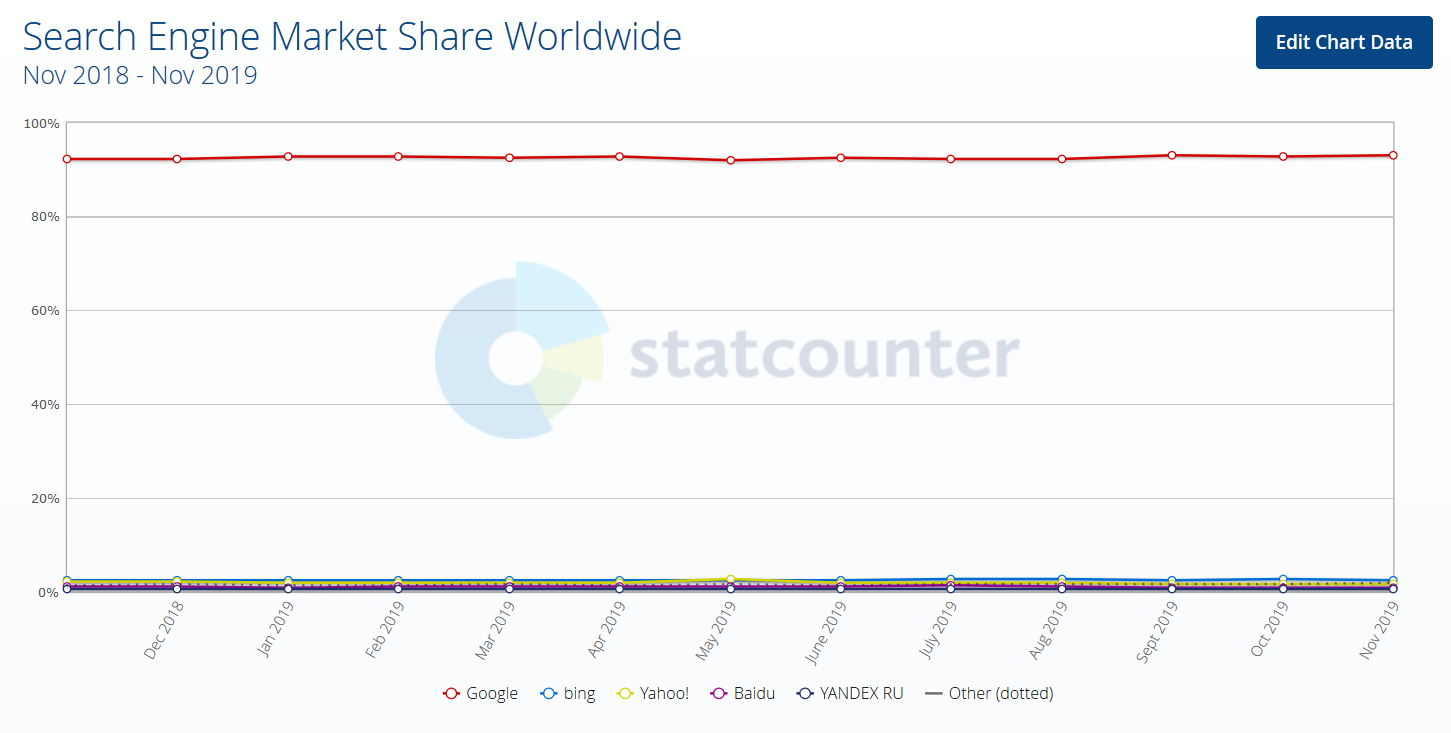

- #No reference manager 12 icon on ms word 2010 toolbar how to#
- #No reference manager 12 icon on ms word 2010 toolbar install#
- #No reference manager 12 icon on ms word 2010 toolbar full#
dotm or officeUI files do not include all information necessary to load the custom icons?Ī sample of the XML from CustomUI is posted below, in case it helps:

QAT.” Doing this, the user is able to find the custom images and add them, so they are available, and the resulting toolbar is fully functional. dotm and officeUI files), the user gets about half of the QAT buttons (standard Microsoft Office icons only), and the rest (roughly a dozen) have to be added manually by using "Customize the
#No reference manager 12 icon on ms word 2010 toolbar install#
In other words, after install (involves copying over the. After deployment, the custom icon images are available (in “Customize the QAT”) but are not automatically placed on the QAT with the standard dotm using CustomUI Editor for Microsoft Office.
#No reference manager 12 icon on ms word 2010 toolbar how to#
I'm assuming I may need to look into creating a COM add-in, but if anybody else has any advice or other ideas for how to accomplish this, any suggestions would be much appreciated. My next project is to experiment with some of the other ways of deploying a toolbar so that I do not have to overwrite the user's normal.dotm or word.officeUI files, thus allowing the user to customize their MS Word to their liking and still have my toolbar. bat file to replace in the Windows StartUp folder - thus resetting the user's customizations nearly each day). Maintained (I believe) in the user's Normal.dotm file (which I have a. This solution works great for me, but I can see instances where you would want the user to be able to maintain their own Normal.dotm (e.g., if they need to create and use custom styles, building blocks, quick tables, etc.) since all of those features are Additionally, users can still customize their own QAT (if they select "For all documents (default)" in the "Customize the QAT" window,Īnd they are not overwritten by the QAT included in the Normal.dotm template (since the "For all documents (default)" QAT is stored in the word.officeUI file). Using this method, I no longer have to share the Word.officeUI file in order to deploy the toolbar. To avoid duplication of the QAT buttons, I then had to reset the QAT corresponding The solution was to recreate the QAT using "Customize the QAT," with "For Normal.dotm" selected at the top-right of the "Customize the QAT" window. This works for Word 2007, 20: I’ve used Word 2010 in the example because it’s what I use most of the time, but the principles remain the same. This method, however, did not allow the custom icon images to show immediately How to hide taskbars and toolbars in Word.
#No reference manager 12 icon on ms word 2010 toolbar full#
This allowed the toolbar to be distributed by sharing the Normal.dotm (which contained the styles and macros) and Word.officeUI (which contained the QAT). Cite While You Write compatibility on Microsoft Word on Apple Silicon Macs View PDFs in the reference pane, or open them in a full window Insert into. I was creating the QAT using "Customize the QAT," with "For all documents (default)" selected at the top-right of the "Customize the I was able to get all icons to show after distribution.


 0 kommentar(er)
0 kommentar(er)
